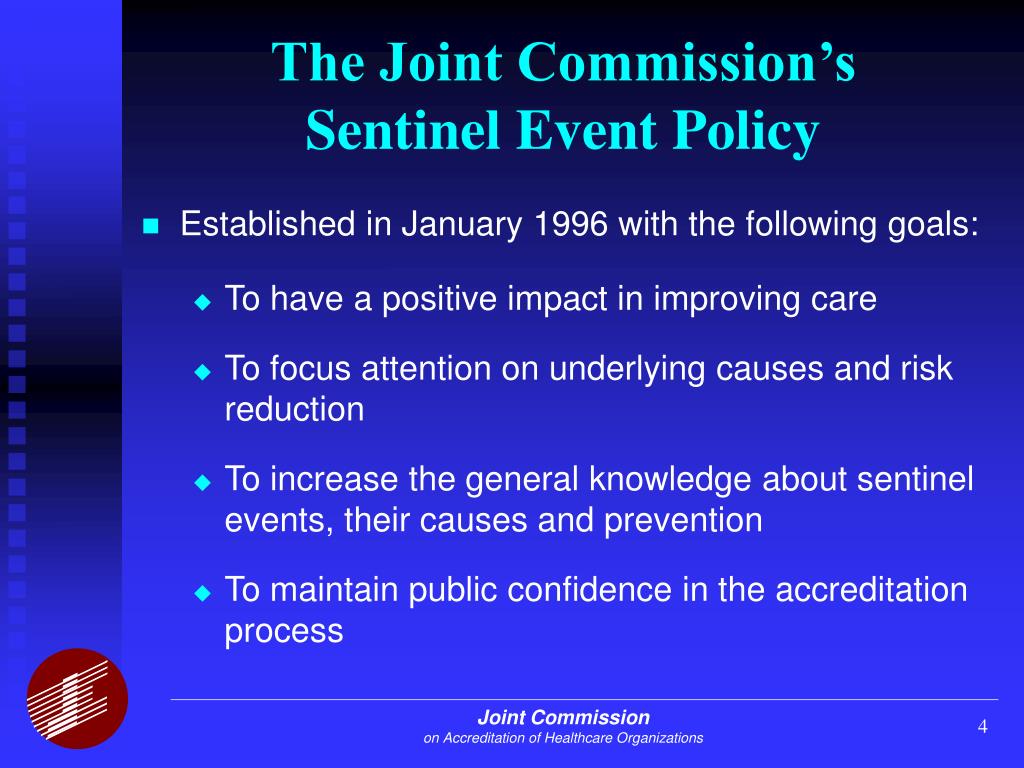


#Sentinel events full
This is the full list of Sentinel capabilities at a macroscopic level (i.e. Notifications and acts as a configuration provider for clients. Redis Sentinel also provides other collateral tasks such as monitoring, Redis Sentinel provides high availability for Redis when not using Redis Cluster.
#Sentinel events windows
Learn more about collecting Windows security events.
#Sentinel events how to
In this document, you learned how to filter the collection of Windows events into Microsoft Sentinel. Most of the data volume of this set consists of sign-in events and process creation events (event ID 4688).Ĭustom - A set of events determined by you, the user, and defined in a data collection rule using XPath queries. For example, it contains successful and failed user logons (event IDs 4624, 4625), but it doesn't contain sign-out information (4634) which, while important for auditing, is not meaningful for breach detection and has relatively high volume.

It covers only events that might indicate a successful breach, and other important events that have very low rates of occurrence. This set does not contain a full audit trail. Minimal - A small set of events that might indicate potential threats. This is because the main point of the Common set is to reduce the volume of events to a more manageable level, while still maintaining full audit trail capability. The Common event set may contain some types of events that aren't so common. There are also auditing actions such as security group changes, key domain controller Kerberos operations, and other types of events in line with accepted best practices. For example, it contains both user sign-in and user sign-out events (event IDs 4624, 4634). A full user audit trail is included in this set. When ingesting security events from Windows devices using the Windows Security Events data connector (including the legacy version), you can choose which events to collect from among the following sets:Īll events - All Windows security and AppLocker events.Ĭommon - A standard set of events for auditing purposes.


 0 kommentar(er)
0 kommentar(er)
